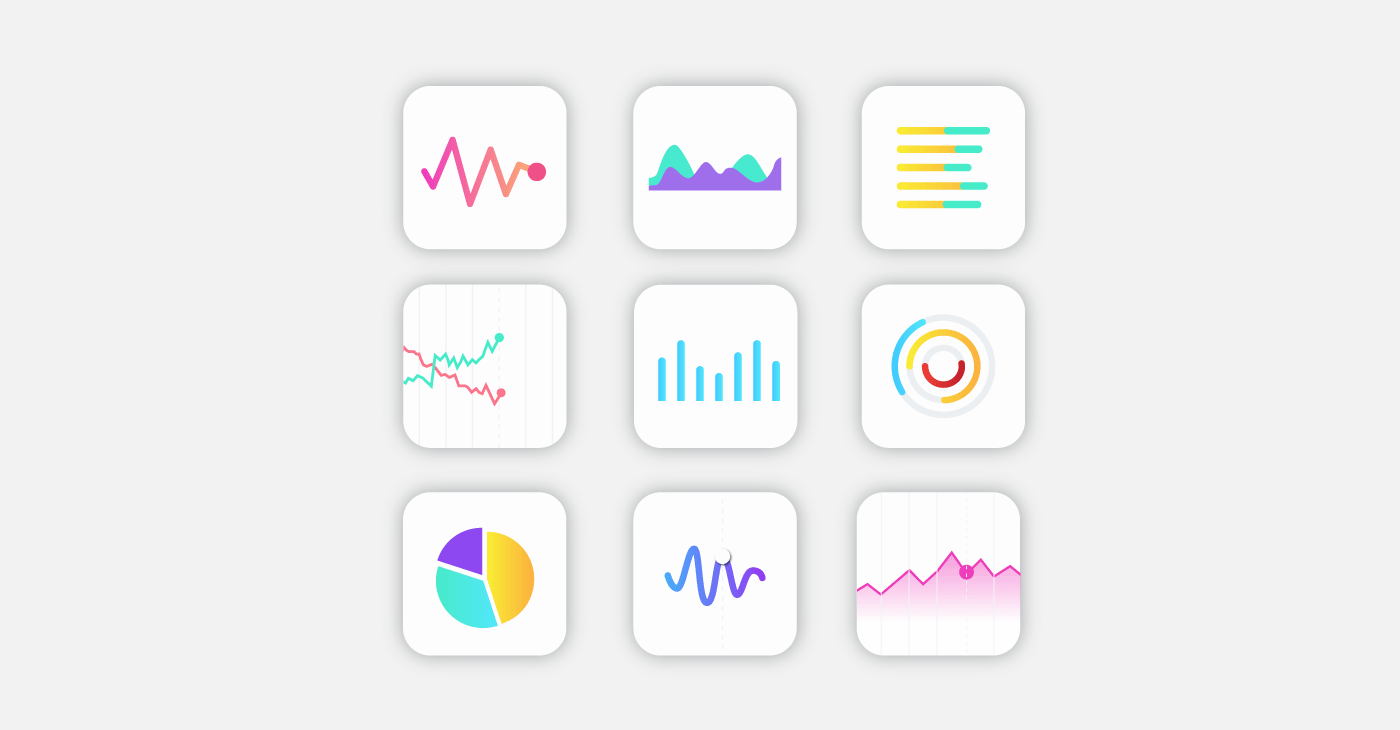How Key Points of Contact, Good Data Design Can Help with Click & Open Rates
January 20, 2017 3 min read

At the enterprise level, the average email marketing campaign can take anywhere from 2 to 6 hours, depending on the scale of the email. You invest time in designing and crafting content for the email, only to shoot it out into cyberspace with the hope of a blind arrow. You’re trusting people are reading. If we’re being honest, most of us are really just hoping someone reads it.
That by definition is a bad email marketing practice. It would be like renting a boat to go fishing, picking the best spot, getting the best bait and putting in all that work only to walk away from the fishing line as soon as you’ve cast it into the water. Doing all that work not to see through the final step is not what a lean agency does. A lean agency sticks around to see how much fish took the bait. In your case, each email marketing campaign you send out is like a finishing line cast into the water.
Part of the complete email marketing cycle is to go around to your email marketing reports and see what your click and open rates look like. Understanding click and open rates – from the entire email down to the links within the email – is something that’s integral to your success. Doing this ritually after every campaign means you’re understanding your data. With a true sense of what your data looks like, you’re able to adapt your future campaigns so that your email marketing efforts are an investment in your brand messaging that nurtures sales or audience loyalty.
Data Diagnosis that Looks at Key Points of Contact
Understanding data was key for Gen Next, an exclusive members-only group that helps moves entrepreneurs from being successful to being impactful by getting them involved in world-changing conversations. Gen Next’s audience base are comprised of powerful people with very little free time on their hands. This means that in order for them to read something, it has to be worth their time. You would think the default tone of a successful email campaign for this audience would be somewhat serious. However, that strategy wasn’t quite so effective and yielded incredibly low open rates. Their marketing team started with the first breadcrumb in any campaign: the subject line. They switched it up from stuff to interesting, creating a sense of FOMO (fear of missing out) that was the one thing that really drove their membership in the first place. Click and open rates bumped up within the first week.
The ability to even question the first step in your audience’s encounter with our campaign is something that’s initiated when you look at data. Data allows us to step outside of the emotionally driven nature of marketing, and look at things with the objectivity of a scientist. At the end of the day, we’re not scientists. We don’t want to be buried in data, which is why data design matters just as much as the data itself.
Why Good Data Design is Part of a Happy Ending
Your email template isn’t the only thing that should be well designed. For most marketing teams, analytics is an incredible challenge. It’s time-consuming to read through and — if we’re being honest — a little difficult to comprehend. This is why choosing an email marketing provider that can deliver well-designed analytics is going to be something you’ll want to consider.
Benchmark, for example, offers a clean analytics report with a simple design that lays out the information in two ways. This way you’re able to quickly scan to get a big picture and a more detailed report that doesn’t take more than a few seconds to understand. By comparison, leading email marketing providers offer more rudimentary analytics which gives you a few numbers but doesn’t give you the big picture.




